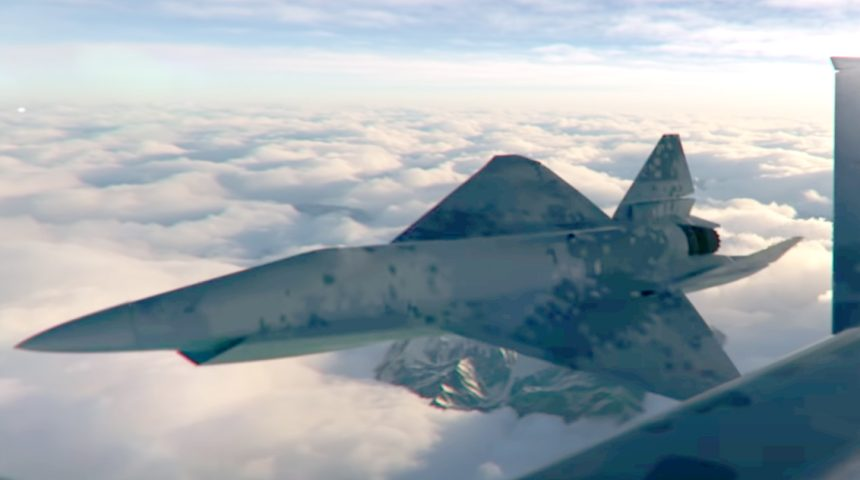shin_getter
ACCESS: Top Secret
- Joined
- 1 June 2019
- Messages
- 1,105
- Reaction score
- 1,484
As we know, drone air combat is currently being developed at a rapid rate, and it is a good time to speculate and form designs for drone air superiority aircraft.
The main lesson from drone air combat is that air combat works with different tiers and there is no universal air superiority aircraft that can cover everything that flies. As such, the first task is to break down coverage into different aircraft types:
Personally, I see the following categories in a air superiority role:
1. Tail sitter EVTOL with gun. (manpack-able) Leveraging electric aircraft's extremely low operating and production costs, VTOL capability and agility while maximizing speed and efficiency. It is hard to imagine another long range projectile or vehicle having significantly lower costs that can defeat such a vehicle.
2. Microturbojet RATO with gun. (launched from large pickup bed to 10ton truck) Electric aircraft is limited in stored energy, flying above its envelope is a logical way to bypass defense based on it. With very cheap medium and high attitude aircraft (perhaps air launched to cut engine and fuel requirements) it can be close to or cheaper than traditional rocket powered medium and high attitude missiles, and as such a reusable solution would be needed.
3. Low Observable Small Turbojet with high subsonic speed with 1 BVRAAM in payload bay. Previous class of drones generally do not threaten high performance targets, however this category can. In a lot of cases would operate with micromissiles to target smaller drones.
4. Traditionally scaled fighter aircraft, which may or may not be manned
Other, vehicles I'd expect in this air warfare environment:
1. Low cost attritable cost penetrating medium/high attitude recon/strike (see #2)
2. High-payload-Fast specialized "glide range booster" Cutting on board sensors/compute/agility/defensive systems for payload throughput.
3. VLO passive sensor craft operating on standoff supporting command and control of air war
4. Radar Emitter aircraft (separated out in its own role due to being more threatened: either attritable or packed with defenses)
5. DEW specialized aircraft (unique requirements and high cost of DEW means it probably need an airframe built around it)
So what do you think are the air platforms needed for air superiority in the drone age?
The main lesson from drone air combat is that air combat works with different tiers and there is no universal air superiority aircraft that can cover everything that flies. As such, the first task is to break down coverage into different aircraft types:
Personally, I see the following categories in a air superiority role:
1. Tail sitter EVTOL with gun. (manpack-able) Leveraging electric aircraft's extremely low operating and production costs, VTOL capability and agility while maximizing speed and efficiency. It is hard to imagine another long range projectile or vehicle having significantly lower costs that can defeat such a vehicle.
2. Microturbojet RATO with gun. (launched from large pickup bed to 10ton truck) Electric aircraft is limited in stored energy, flying above its envelope is a logical way to bypass defense based on it. With very cheap medium and high attitude aircraft (perhaps air launched to cut engine and fuel requirements) it can be close to or cheaper than traditional rocket powered medium and high attitude missiles, and as such a reusable solution would be needed.
3. Low Observable Small Turbojet with high subsonic speed with 1 BVRAAM in payload bay. Previous class of drones generally do not threaten high performance targets, however this category can. In a lot of cases would operate with micromissiles to target smaller drones.
4. Traditionally scaled fighter aircraft, which may or may not be manned
Other, vehicles I'd expect in this air warfare environment:
1. Low cost attritable cost penetrating medium/high attitude recon/strike (see #2)
2. High-payload-Fast specialized "glide range booster" Cutting on board sensors/compute/agility/defensive systems for payload throughput.
3. VLO passive sensor craft operating on standoff supporting command and control of air war
4. Radar Emitter aircraft (separated out in its own role due to being more threatened: either attritable or packed with defenses)
5. DEW specialized aircraft (unique requirements and high cost of DEW means it probably need an airframe built around it)
So what do you think are the air platforms needed for air superiority in the drone age?
Last edited:

